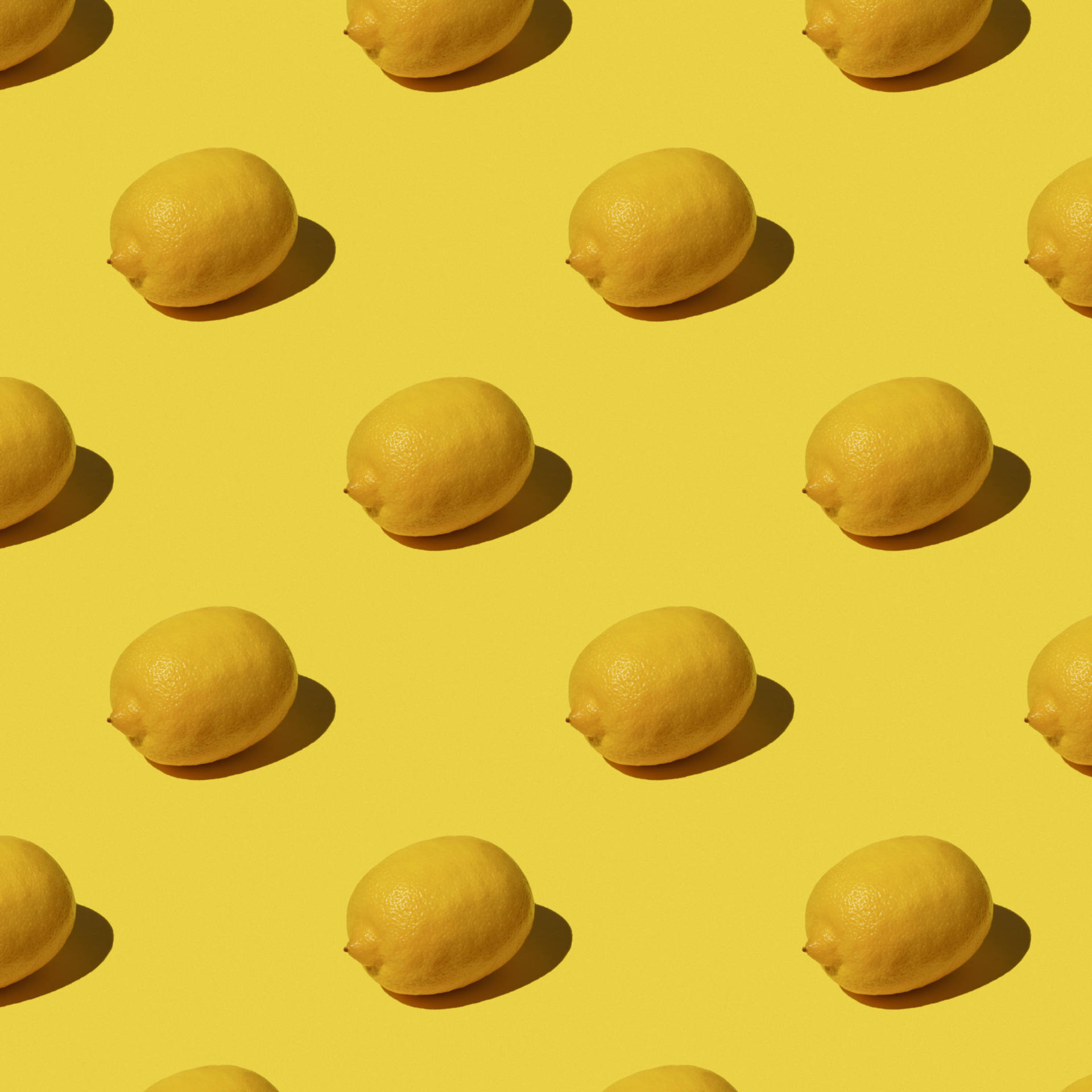


De la création à l'impression
Nous sommes une agence de communication graphique basée à Macon, qui conçoit, développe et valorise votre communication visuelle, qu’elle soit imprimée ou digitale. Nous nous engageons à fournir la ou les solution(s) technique(s) adaptée(s) à votre projet de communication.
Design
Impression
WEB
Agence de communication à Mâcon
Depuis plus de 20 ans, BPRIM agence de communication graphique implantée à Mâcon rassemble son expérience et ses compétences au service de votre projet.
BPRIM se renforce en 2006 avec la création de sa propre unité de production, Bourgogne Imprimerie située à Pont-de vaux (01).
Notre savoir-faire
Vous êtes
intéressé(e) ?
Nos réalisations























 9 rue Lacretelle, 71000 Mâcon
9 rue Lacretelle, 71000 Mâcon